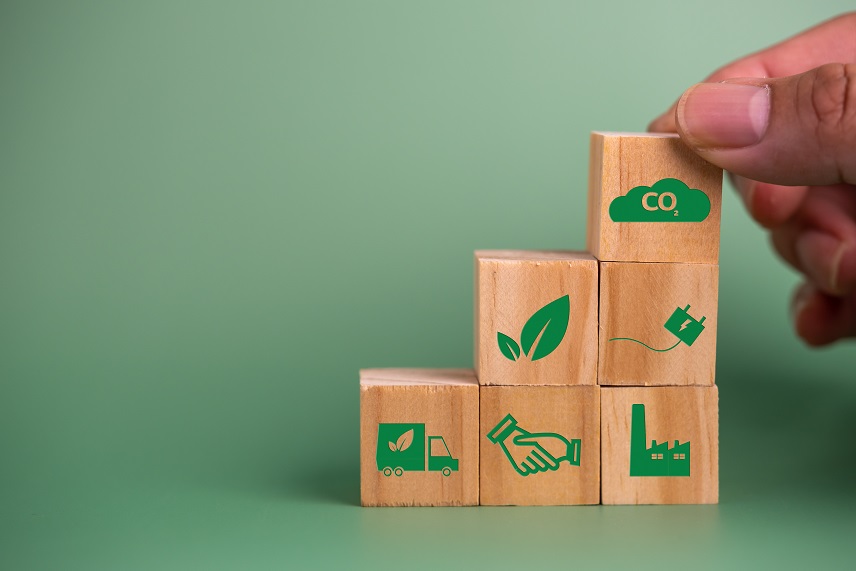
The discussion over the appropriate standards to buy carbon offset may result in either rules that are so strict that prices shoot to quite high levels or laws that are so lax that offsets become so inexpensive as to be “essentially worthless.”
A component of the global effort to slow global warming is the exchange, purchasing and selling of credits that are supposed to offset a company’s pollution. However, regulations over these markets are still in the early stages, and the standards established now will have a significant impact on whether businesses and nations can meet their emission targets as per the standard carbon footprint calculator.
Effective Tools of Finance arena called offsets stand in for the elimination of one tonne of greenhouse gases. This reduction can be achieved by preventing carbon emissions, such as when power is produced by a wind turbine or solar array rather than a fossil fuel, or by removing carbon from the atmosphere and storing it.
In the event that both standards are used to calculate offsets, the market will become oversupplied. Carbon offset price, which initially averaged $2.50 per tonne, will remain as low as $11 per tonne within a decade and will reach a height of $47 in 2050. If prices remain at that level, there will be little incentive for developers and traders to take part in the market.
There are some groups that are advocating for the use of only offsets that are directly related to the removal and storage of carbon. However, many of these technologies are still in such an early stage of development that the adoption of such a standard would cause offset prices to skyrocket to $224 by 2029, before gradually retreating to $120 in 2050. The development of the market for carbon credits would also be hampered by high prices, although they might encourage businesses to concentrate more on decreasing their emissions rather than finding ways to offset them.
“Investors, traders, buyers of offsets, and suppliers will all need to strike a balance between what is idealistic and what is realistic.”
If they don’t change their ways, they run the risk of the market for carbon credits fizzling out just as it’s getting started.
Wood Industry Influence On Carbon Offsets:
There are a few highly critical decisions that could contribute to closing loopholes in the markets for carbon offsets. Like taking a research illustration; It is well known that landowners cannot register all of their trees to receive carbon payments. The promise of financial compensation for reduced carbon emissions led individuals to alter their behaviour, which in turn resulted in the absorption of one metric tonne of additional carbon dioxide. As a result, a forest owner might reduce the amount of timber harvesting that was originally planned or plant seedlings on ground that would otherwise be undeveloped. The purchasers of the credits, which are typically large corporations, are the ones responsible for deducting the corresponding carbon savings from their emission ledgers. This is done on the basis that the buyers’ payments were ostensibly the driving force behind the reduction in carbon emissions.
Other Challenges Affecting Carbon Offset Prices
Some individuals are really struggling with the question of whether or not carbon offsetting is just a licence to keep polluting and a distraction from the real work that needs to be done to reduce emissions. It is the process through which businesses and governments attempt to accomplish their carbon reduction targets while continuing to emit carbon.
At the twenty-sixth meeting of the United Nations Framework Convention on Climate Change (COP26), Indigenous Environmental Network and Indigenous Climate Action staged a demonstration in opposition to carbon offsetting. Their reason for this protest is as follows: The practice of offsetting provides an incentive for the commercialization of nature and enables large enterprises to acquire the land of vulnerable populations, which can lead to violations of human rights. Many offset programmes restrict local residents and Indigenous Peoples from participating in land management practices that might otherwise enable them to cultivate food and protect biodiversity. There was a huge debate internationally on many of these topics and a large no. of people are working to find the satisfactory answer for them. It could only be done by properly structuring the carbon credit system and preventing the wrong and unethical use of carbon offset in the market.
The debate also had arguers who claimed that carbon offsets assign a monetary value to natural resources and they can’t let the world’s wealthiest governments and corporations turn the natural world into a commodity and use that money to buy off landowners in less developed countries so they can continue to pollute the atmosphere.
To the contrary, there’s been a good vote on the need of carbon offset or carbon credit system to protect the environment effectively. But this can only be done when a proper structure is laid down for this directive. Else, there’s a good chance that it creates the mistaken idea that there is a route out of the crisis without each government and industry decreasing their own emissions, which results in delaying or dampening ambition to undertake the actual work that has to be done.
Concluding
All these issues will be debated upon and affect the carbon offset cost as well as the mission of reaching the “0” carbon waste release. Already, we are quite far behind where we should be at this point and hence the carbon credits companies are pulling all kinds of strings to get it fairly done.